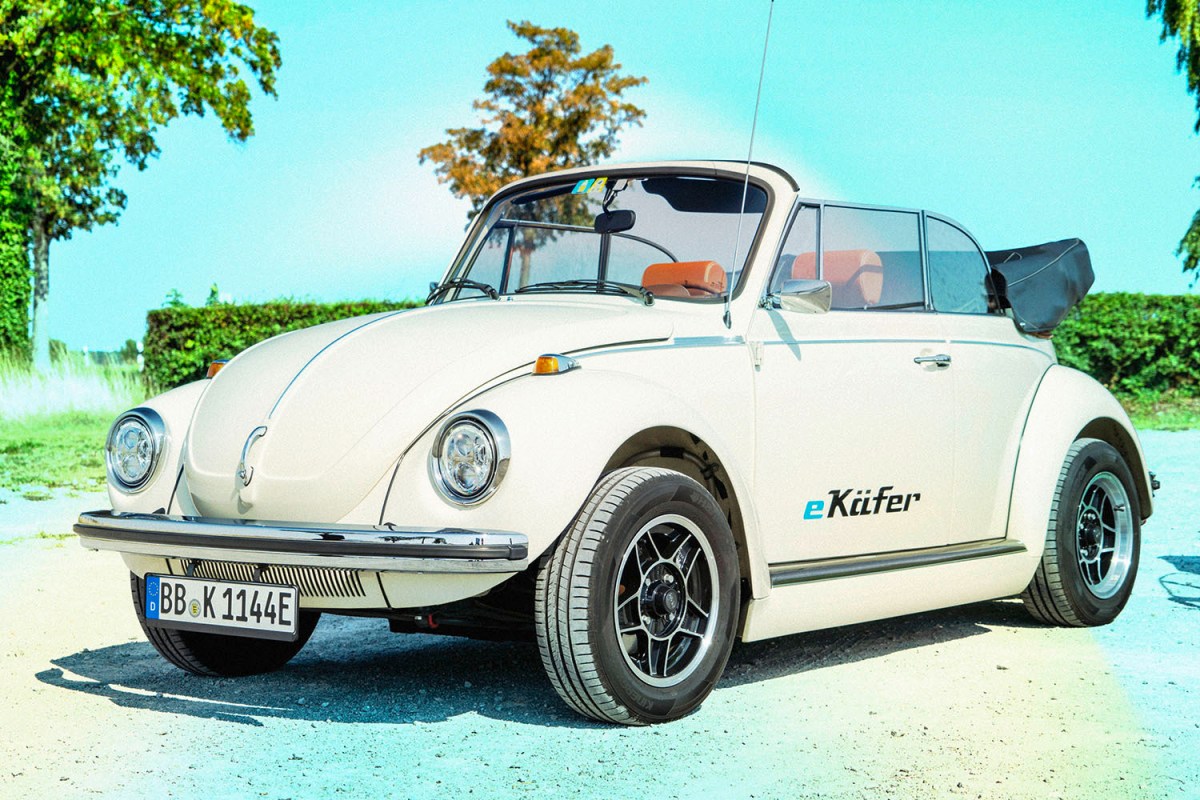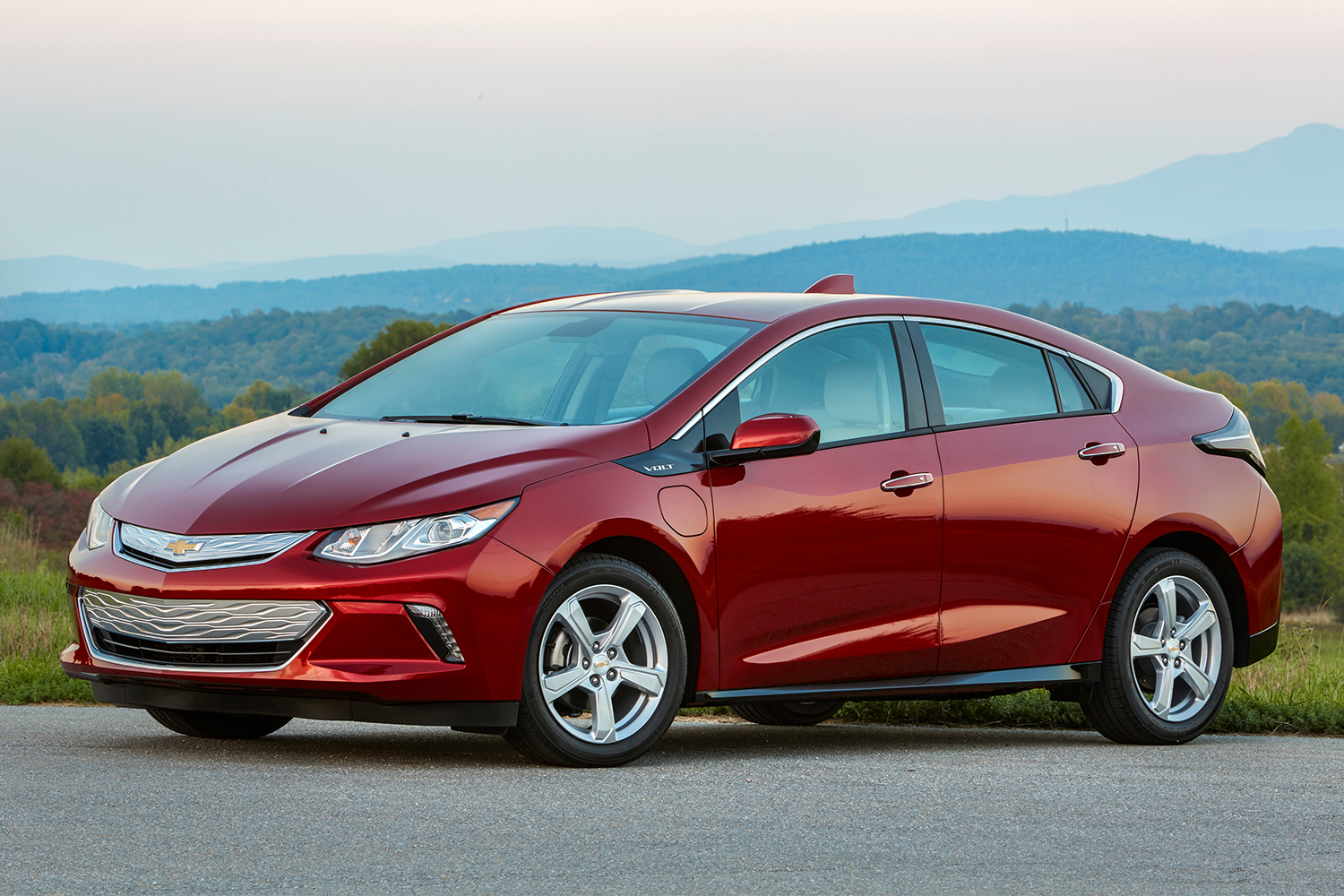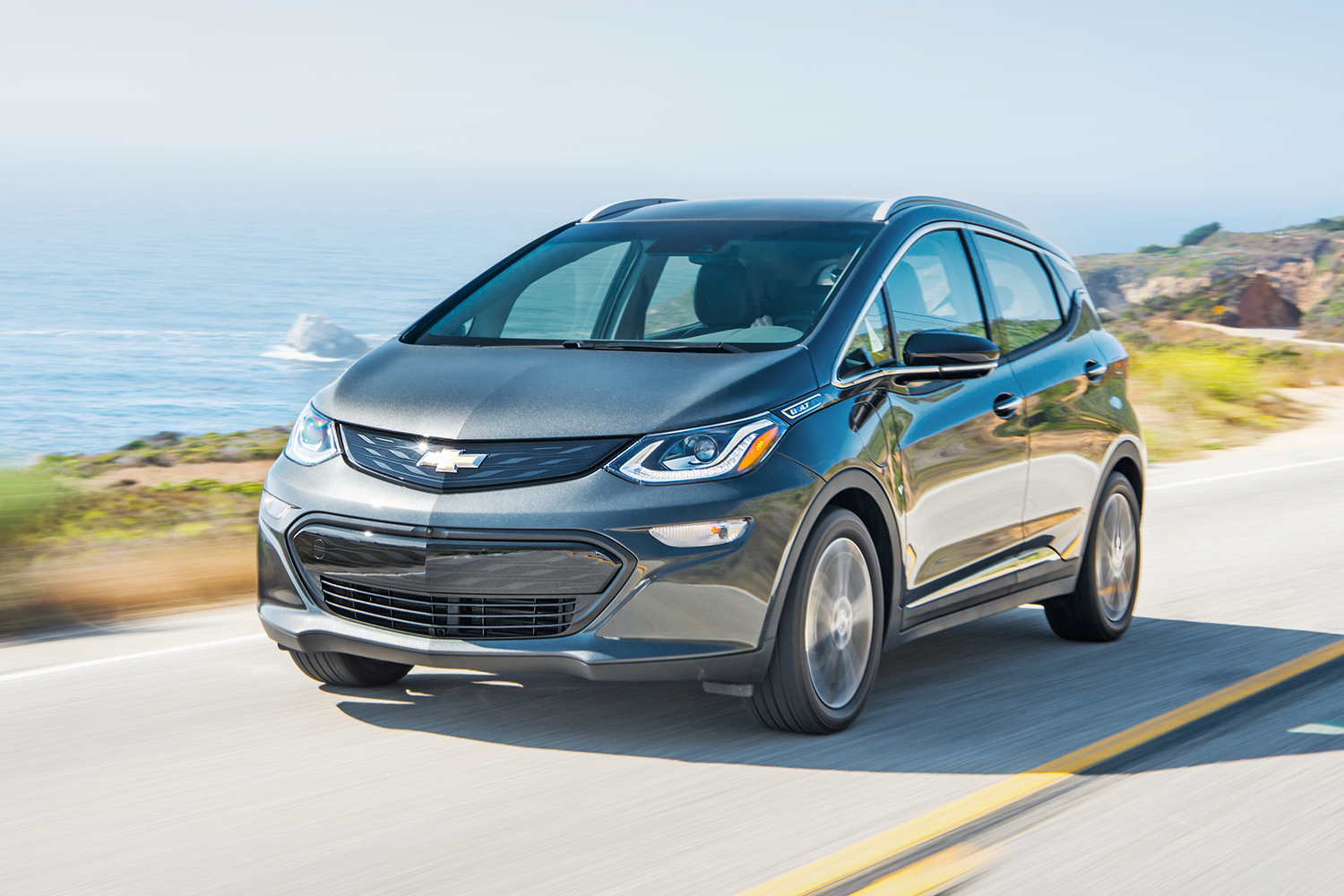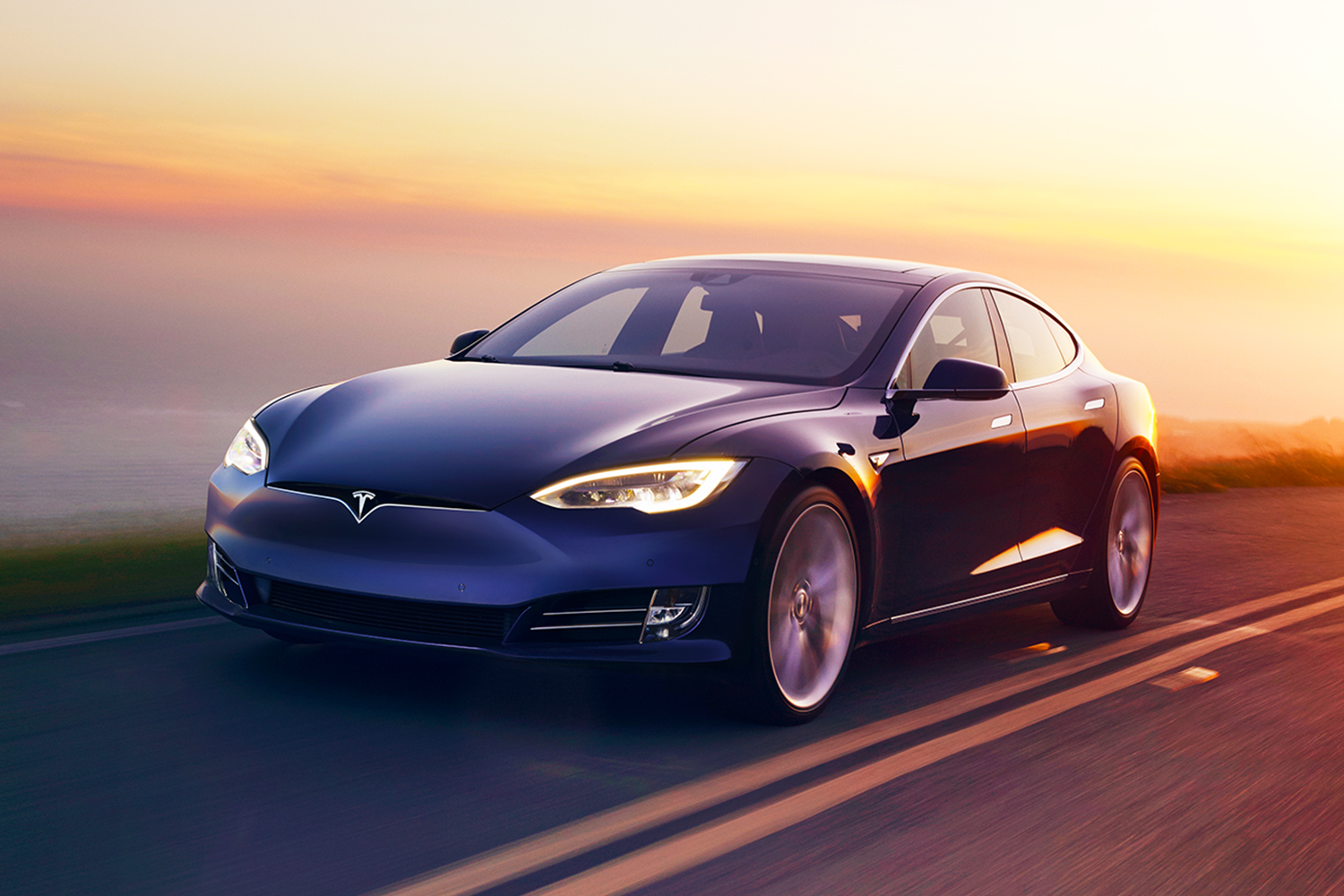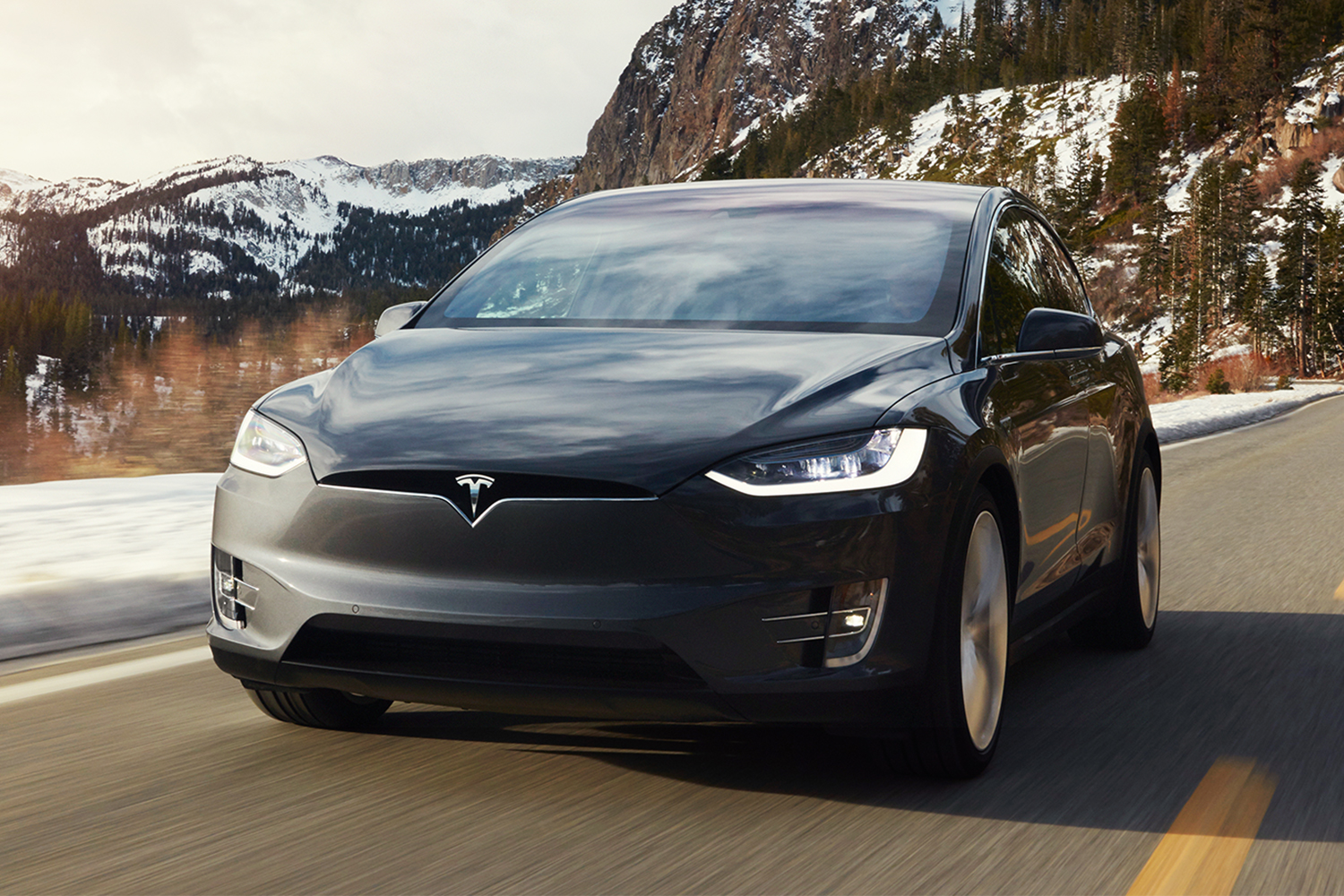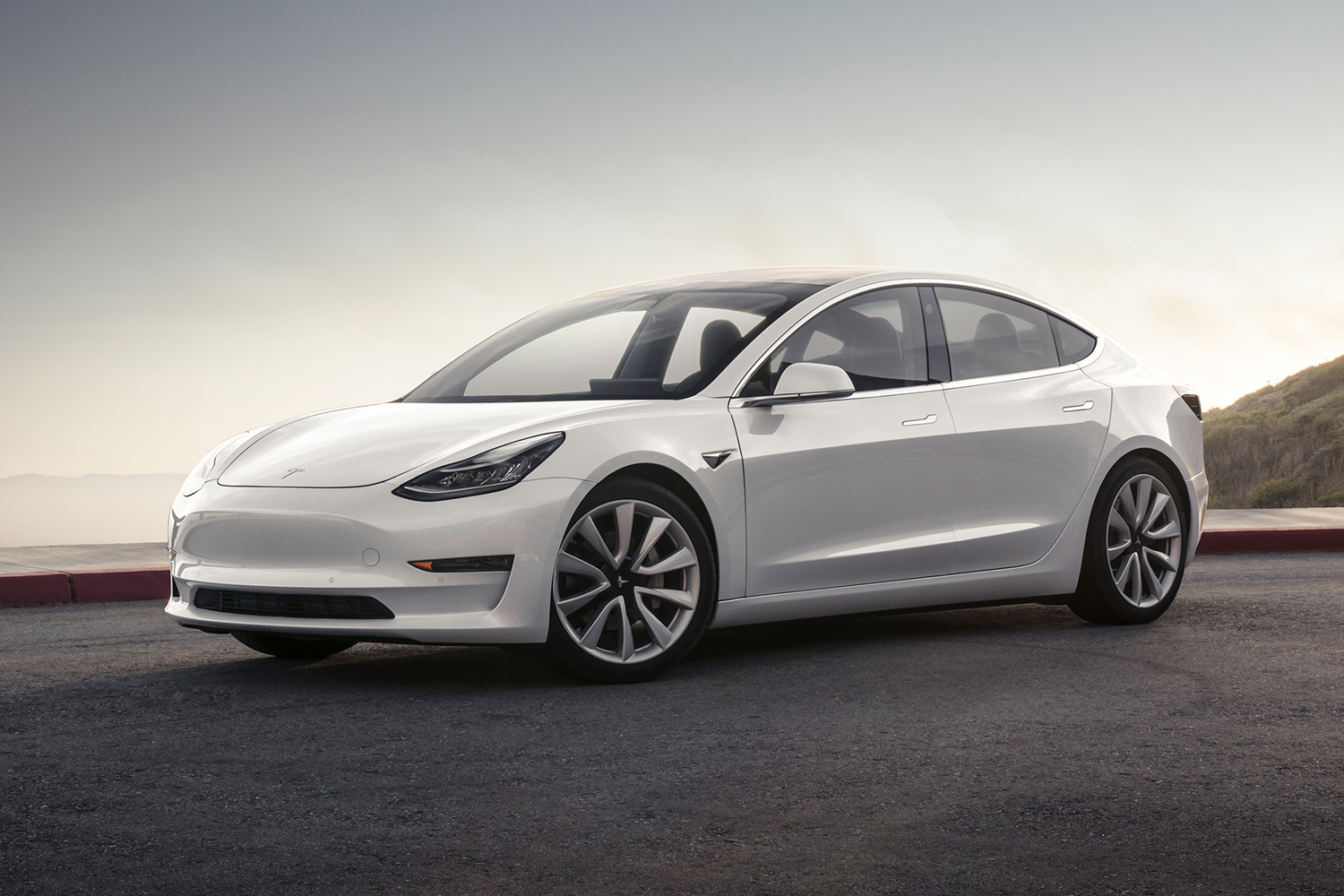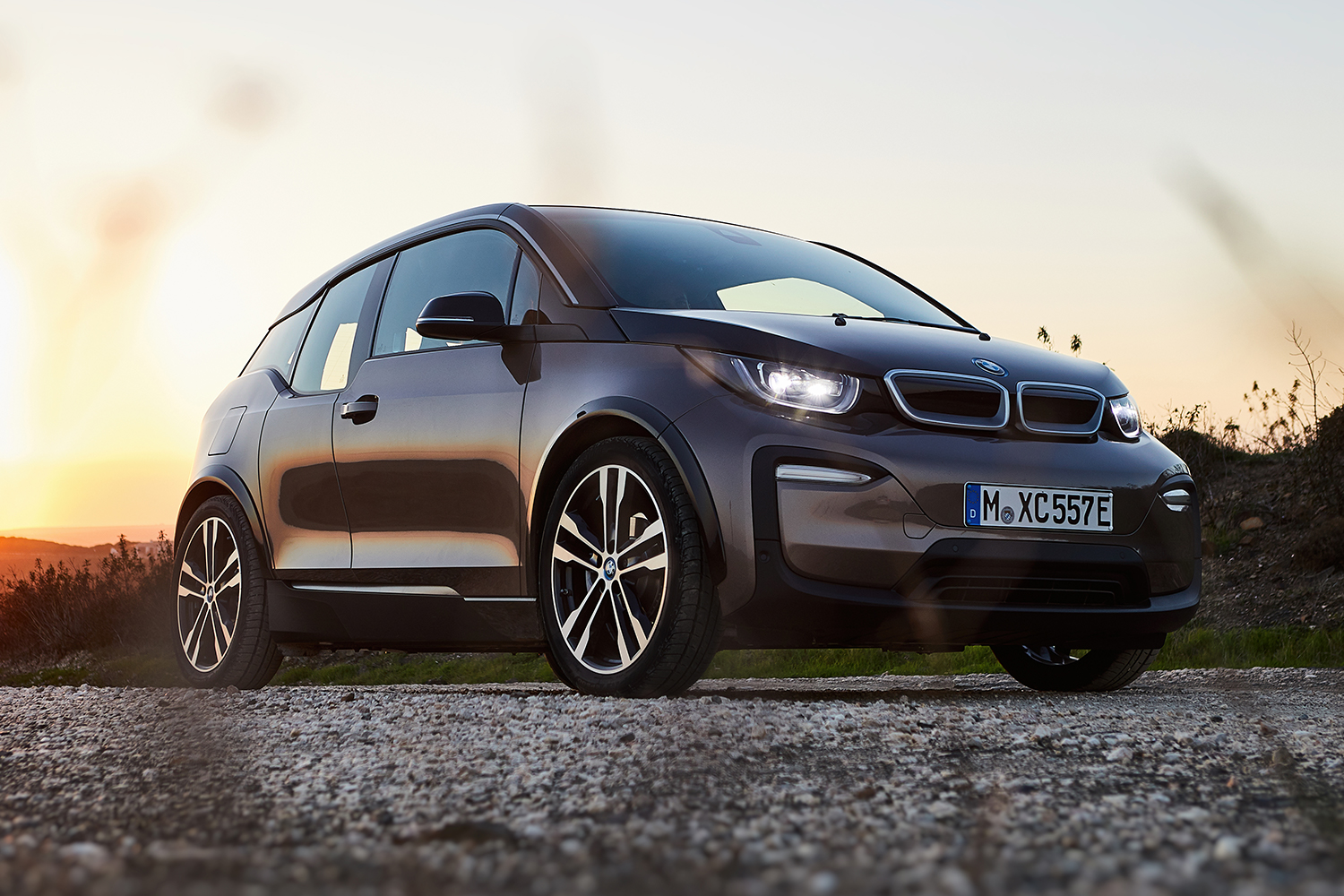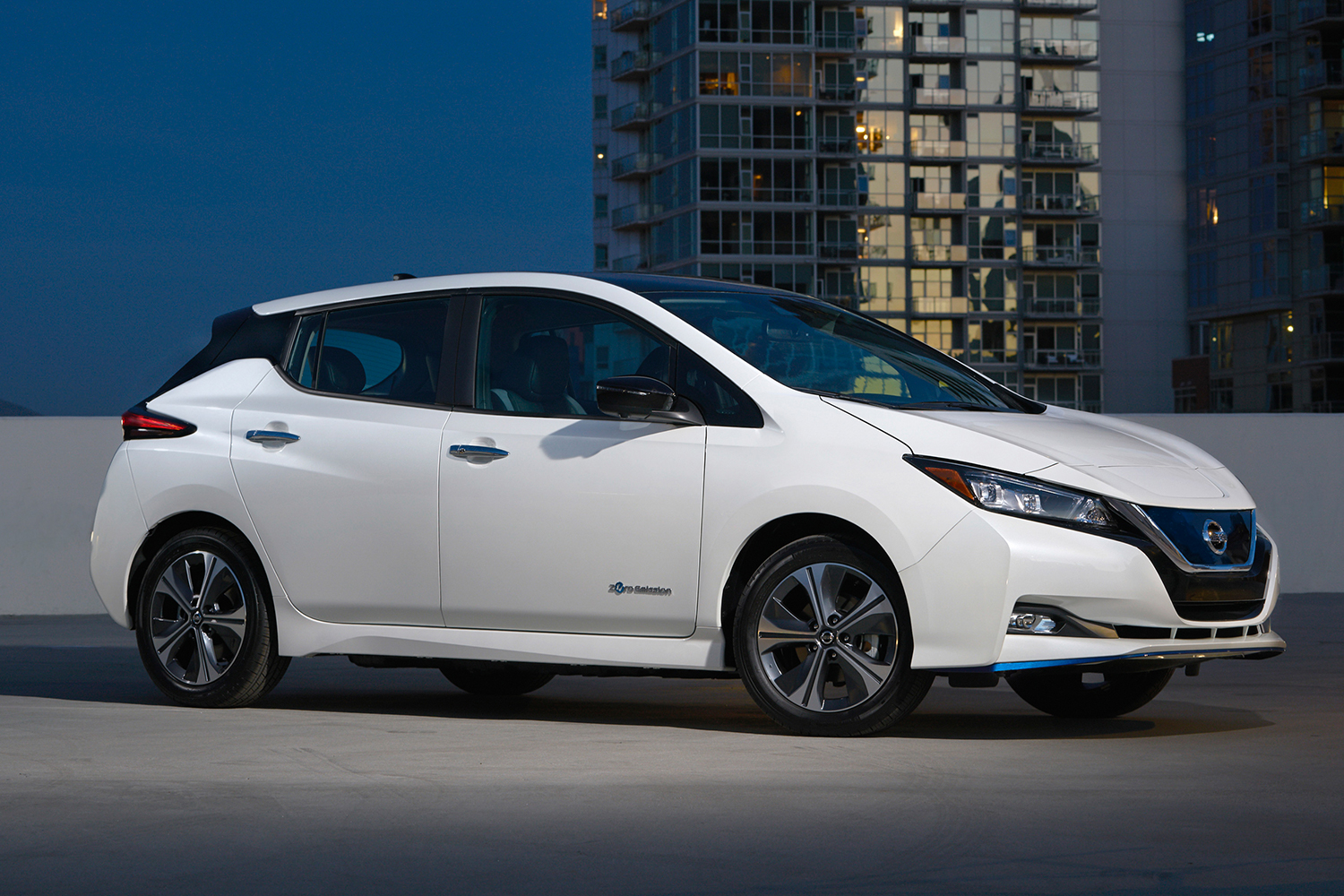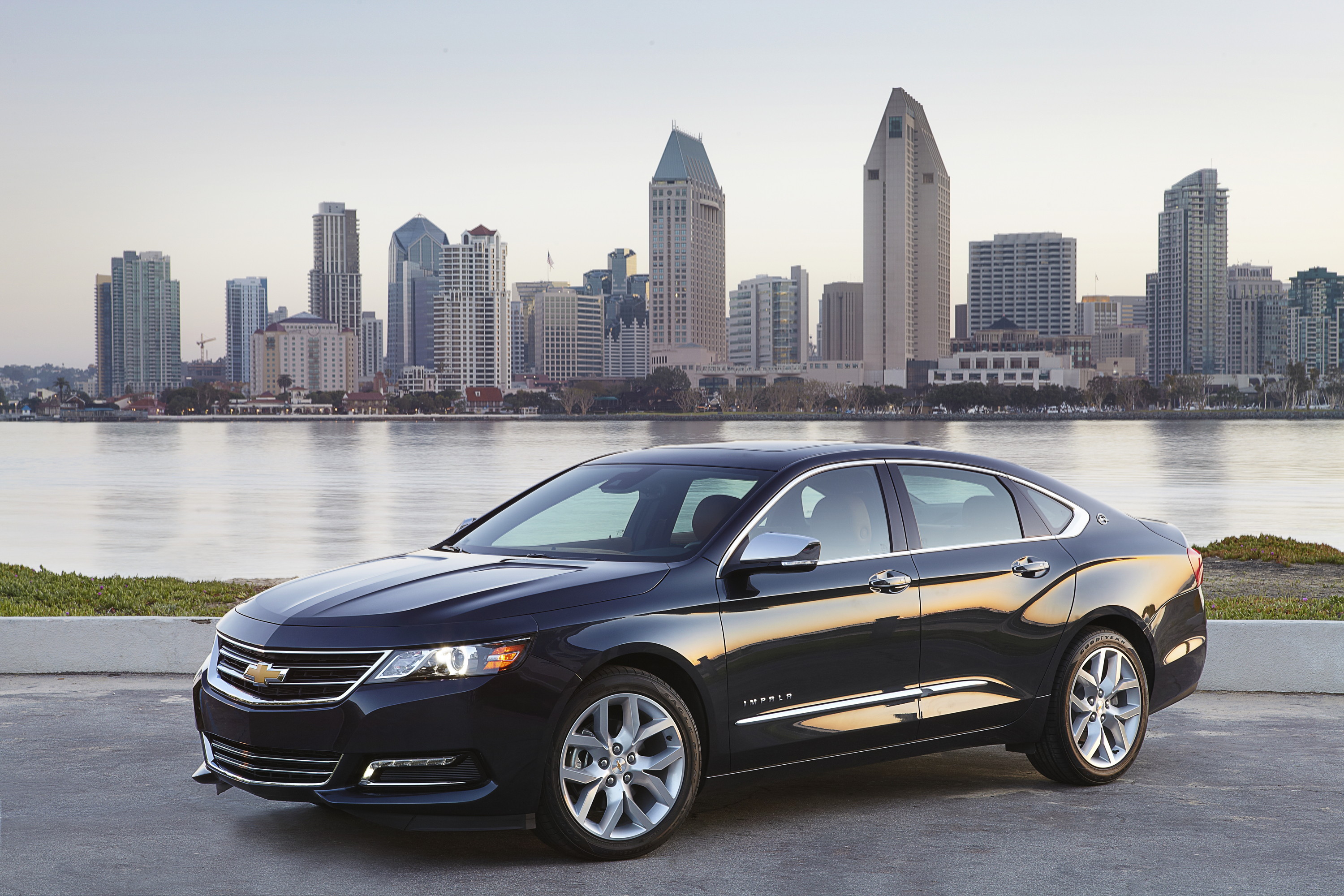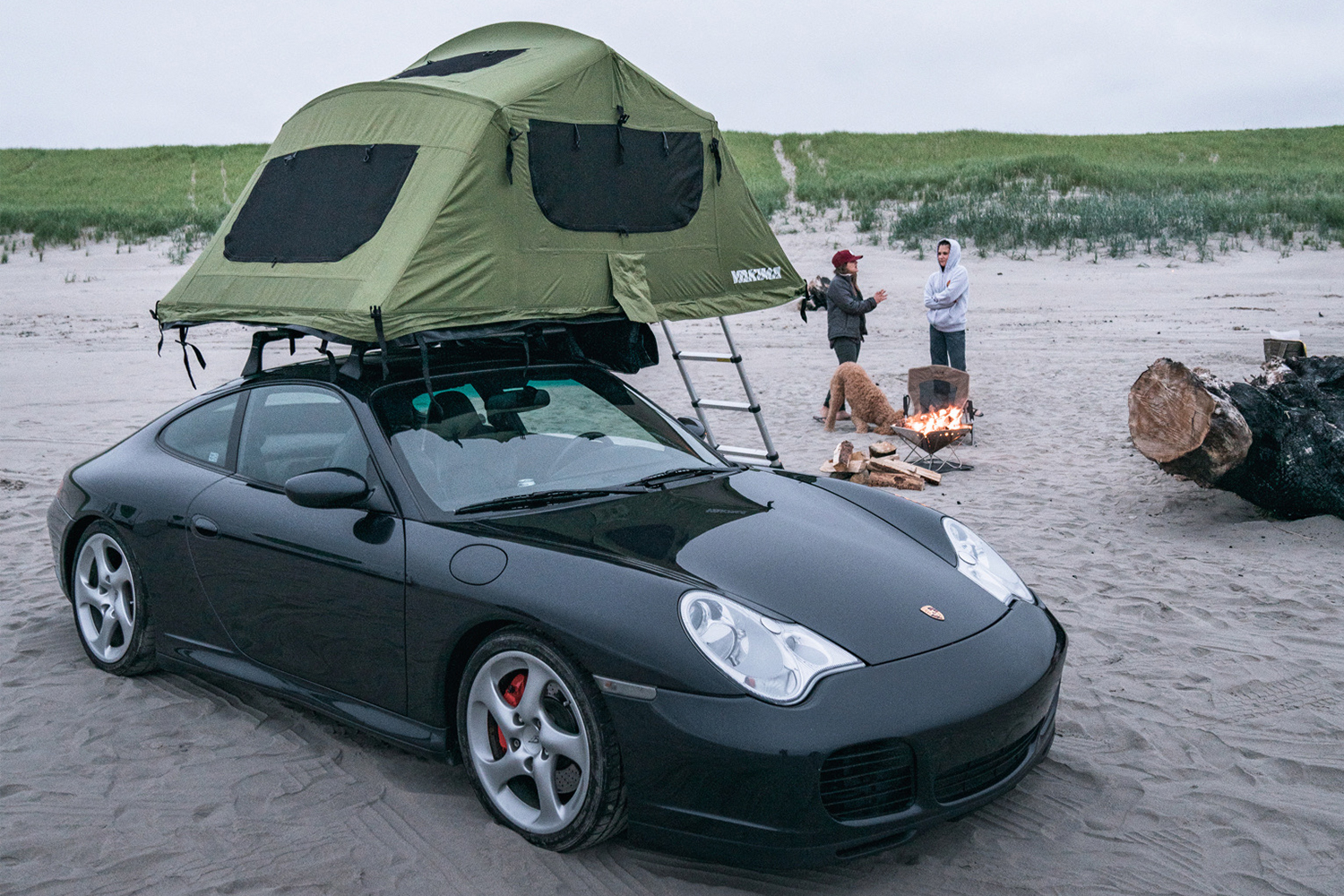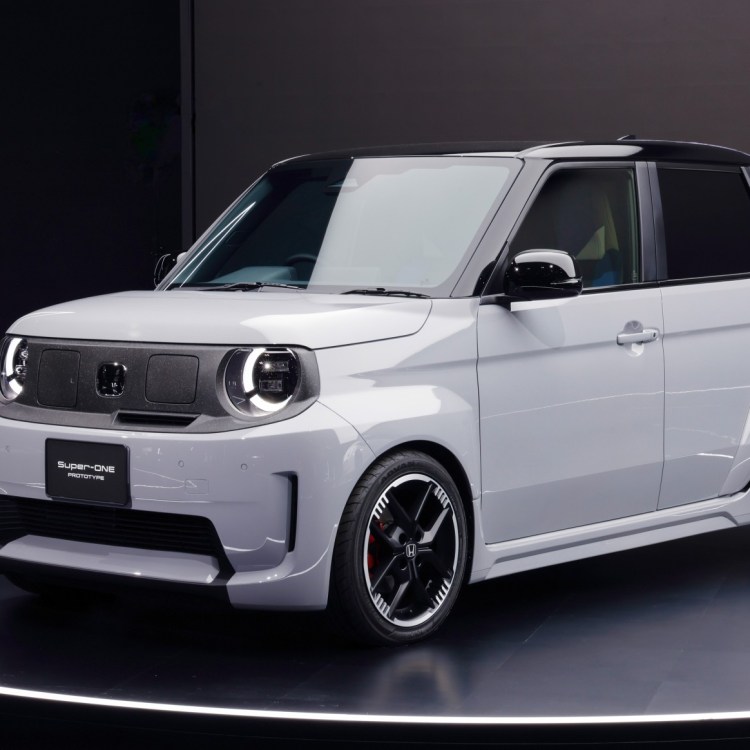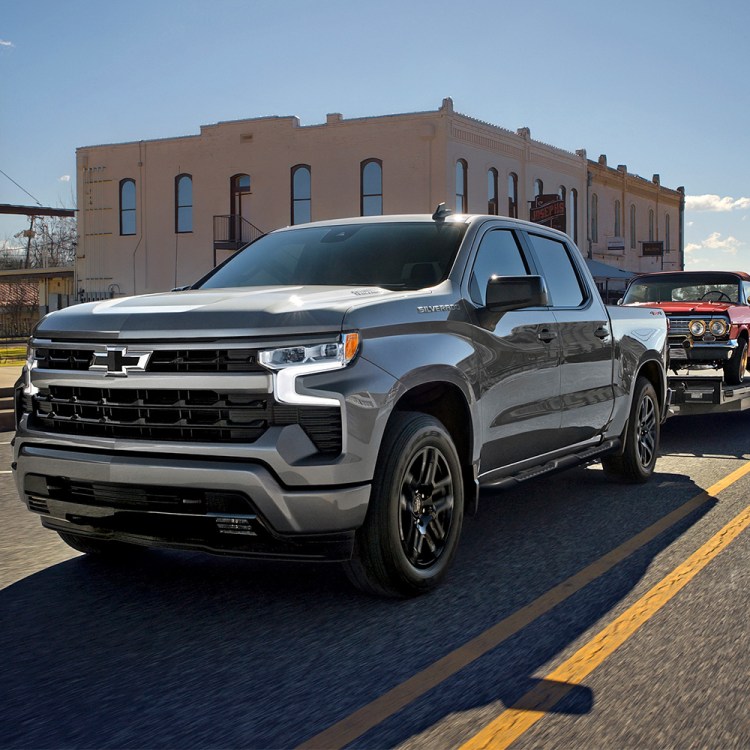I drive a boring car. You probably drive a boring car, too. It’s no one’s fault, it’s a product of factors beyond our control, like airbags and aerodynamics and profit margins.
But it doesn’t have to be this way. We don’t have to resign ourselves to a vapid life of bloated SUVs, indistinguishable sedans or even the milquetoast masculinity of top-selling trucks. In fact, while everyone has been arguing over the specifics of transitioning from gas guzzlers to electric cars, many people have been forgetting what an electric vehicle really is: the salvation of 21st-century car design.
The potential is there, at least. Because electric cars run on radically different systems than internal combustion engine cars, automakers have the unique possibility of letting their designers go full Dieter Rams or Willy Wonka or [insert eccentric aesthete of choice] on electric-car models.
Unfortunately, that hasn’t played out, the Tesla Cybertruck being a notable exception (but who knows if anyone is actually going to buy that Star Fox 64 ship).
Want to see what I mean? Here’s a gallery of the best-selling electric vehicles in the U.S. last year.
Credit: Chevrolet, Tesla, BMW, Nissan
Yes, OK, Tesla is fine, and the Volt is dead, so that’s a non-issue at this point. But otherwise, what we’re dealing with here is basically Prius 2.0, a bunch of cars that make sense on paper and behind the wheel, but don’t kick drivers in the pants on dealer lots. These aren’t the kind of vehicles that stop you dead in your tracks on the way out the door, causing you to pause, sip your coffee and think to yourself for the thousandth time, “Damn, I love this car.” (Which is what I assume most Jeep Wrangler and Koenigsegg owners do.)
That’s why Volkswagen needs to stop p-word-footing around, bring the Beetle back from the dead and make it electric.
If you hadn’t heard, the Beetle has been dead for a little over a year. It was a devastating blow, but it also made perfect financial sense to Volkswagen at the time, since they were basically keeping the iconic slug bug on life support with Tiguan money. And it wasn’t like we were saying goodbye forever; when the sentence first came down in 2018, then President and CEO of Volkswagen Group of America Hinrich Woebcken said “never say never” to a future Beetle.
It’s become more complicated since then. First, at the 2019 Geneva Motor Show, Volkswagen Group head Herbert Diess told MotorTrend straight-up that an electric Beetle was not in the plans, adding, “You have to do something emotional, but I think we can’t cover the historic lineup of Volkswagen with electric cars, and we shouldn’t.” Then in the fall, VW announced it was partnering with German conversion shop eClassics to electrify old-school Beetles, though not for the U.S. market (for that, you can go to Zelectric if you’ve got the cash).
The most promising sign since Diess’s wet-blanket remarks came in July, when news broke that Volkswagen had patented a few names, including “e-Karmann,” “e-Kubel,” “e-Golf Classic” and, yes, “e-Beetle.” As Autoweek explained, that doesn’t mean VW is hooking the Frankensteinian electrodes to the exhumed Beetle — it could be for any number of reasons, including stopping anyone else from stealing it, and a spokesperson even said, “I wouldn’t read too much into it.”
Sure, you should listen to that anonymous mouthpiece and not get too excited, especially because VW’s current electric nomenclature is “ID,” with vehicle names like the ID.4 and ID. Buzz, so adding an “e-” anything would be an odd move for the company. But while I won’t be holding my breath, consider this my official application to the bring-back-the-Beetle club.
Just think about it. Small EVs didn’t really make sense at the outset of modern electric-vehicle technology because companies hadn’t figured out how to pack in enough range at a low enough price point to get regular Americans onboard. Now, as non-household names like Lucid Air are hitting new range milestones of more than 500 miles per charge, the timelessly retro Beetle could certainly pack enough juice in a refreshingly compact car — because let’s be honest, small cars are just plain fun to drive. I currently own a 2004 Volkswagen Jetta, and I cannot stress how satisfying it is to parallel park in even the tightest spaces while overgrown SUVs circle the block.
Don’t just take it from me, take it from a longtime vehicle tester who I spoke with last year. He drove everything under the sun, but you know what he decided to buy for him and his family? Two Fiat 500es, which are the antithesis of everything America’s SUV craze stands for and only pack around 80 miles per charge. The reason he bought them? “It has no limitation other than I can’t take it on long trips.” In other words, if you’re charging in your garage and you mostly drive in the city, you shouldn’t be writing off small EVs, even now.
But picture this: a redesigned Volkswagen Beetle that brings some of that time back from the air-cooled era, that can fit four people and has a range of 200+ miles, so that long trips aren’t out of the question. Instead of bulking it up for the American market, VW keeps that perfect mix of compactness without being tiny, whimsy without being childish, fun without being unfairly labeled as gender-specific. It calls to mind European vacations and espresso pit stops instead of Costco hauls and Starbucks drive-thrus, and it does what all good car designs do: pays homage to the past while leading the rest of the industry into the future.
With an electric Beetle, Volkswagen could pull off what Ford did with the new Bronco, while actually giving a damn what happens to the planet we’re all driving on.
Plus, what better name for an EV than the “Beetle”?
This article appeared in an InsideHook newsletter. Sign up for free to get more on travel, wellness, style, drinking, and culture.
